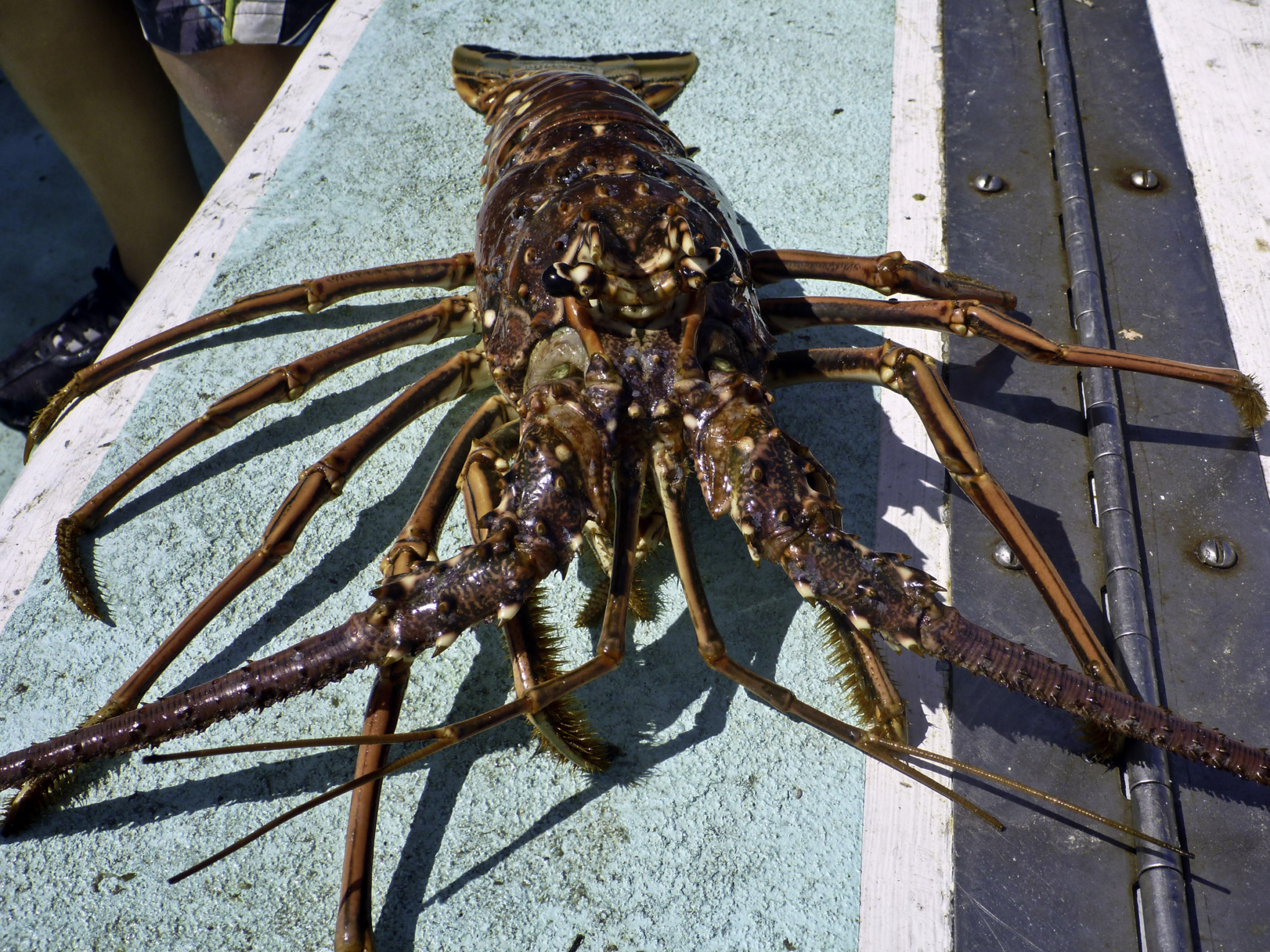“There isn’t a lobster trap in the state of Florida that was not impacted in some fashion by the hurricane,” said Bill Kelly, executive director of the Florida Keys Commercial Fishermen’s Association.
As a result, the spiny lobster season that ended March 31 was on the slow side, according to state landings data as well as fishermen and wholesalers.
About 90 percent of the spiny lobster from U.S. waters comes from around the Florida Keys.
Immediately after Hurricane Irma blew through south Florida in early September 2017, about 154,000 of the 350,000 lobster traps deployed annually in the waters around the Florida Keys were severely displaced or lost. About 60,000 were recovered by early May, Kelly said.
Landings data from the Florida Fish and Wildlife Conservation Commission shows nearly 3.3 million pounds harvested between the season’s start on Aug. 6, 2017, and its conclusion March 31, 2018. The previous year’s total was about 5.4 million pounds, and it was thought to be a fairly slow year, as well.
This year, the average price per pound was $9.30, with August averaging the lowest price at $6.72 and February the highest at $11.66.
“Dock prices started out on the slow side,” Islamorada lobsterman Gary Nichols agreed, but then rallied. February’s high reflects so many being exported to China for the Chinese New Year, he said.
Nichols’ 6,700 traps were on the ocean side of the peninsula — the side that took a greater hit from Irma. He lost 5,000 of those traps, “and the ones I did get back got eaten by worms,” he said. Florida’s wooden traps ended up being vulnerable this season to barnacles, which attracted worms that ate the wood.
Although he hasn’t calculated his take for the season, Nichols believes it will work out to about 40 percent of an average year.
Tom Hill of Key Largo Fisheries said he paid anywhere from $5.50 to $9 per pound this past season and sold them retail for $12 a pound. He estimated he moved about 40 percent less product this year than last.
The total catch was affected by the storm, but a change in the market is altering the industry too, said Hill. More and more lobsters are coming from countries around the United States, as advances in refrigeration and other factors improve success rates for Nicaragua, Honduras, Cuba, Jamaica and the Bahamas.
Nichols was optimistic about next season, though. “In March, I never saw so many small lobsters. We were throwing sometimes 100 out of a trap,” he said.







